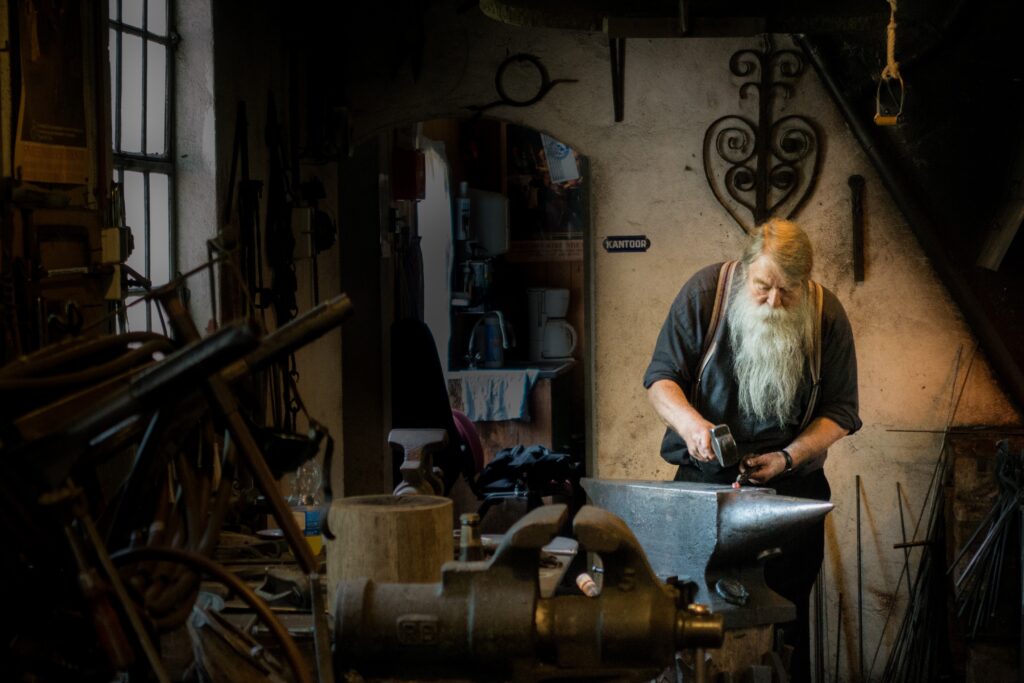
Craftsmanship plays a pivotal role in the world of handmade jewelry, elevating its value and allure. It is the intricate artistry, meticulous attention to detail, and impeccable skill that transforms raw materials into stunning pieces of wearable art. Craftsmanship brings beauty, uniqueness, and a sense of craftsmanship brings beauty, uniqueness, and a sense of craftsmanship brings beauty, uniqueness, and a sense of authenticity to each and every piece, making it not just jewelry, but a cherished symbol of style and personal expression. Without craftsmanship, handmade jewelry would lose its magic, its ability to captivate and create an emotional connection with those who wear it. In this article, we will explore the significance of craftsmanship in this exquisite form of adornment.
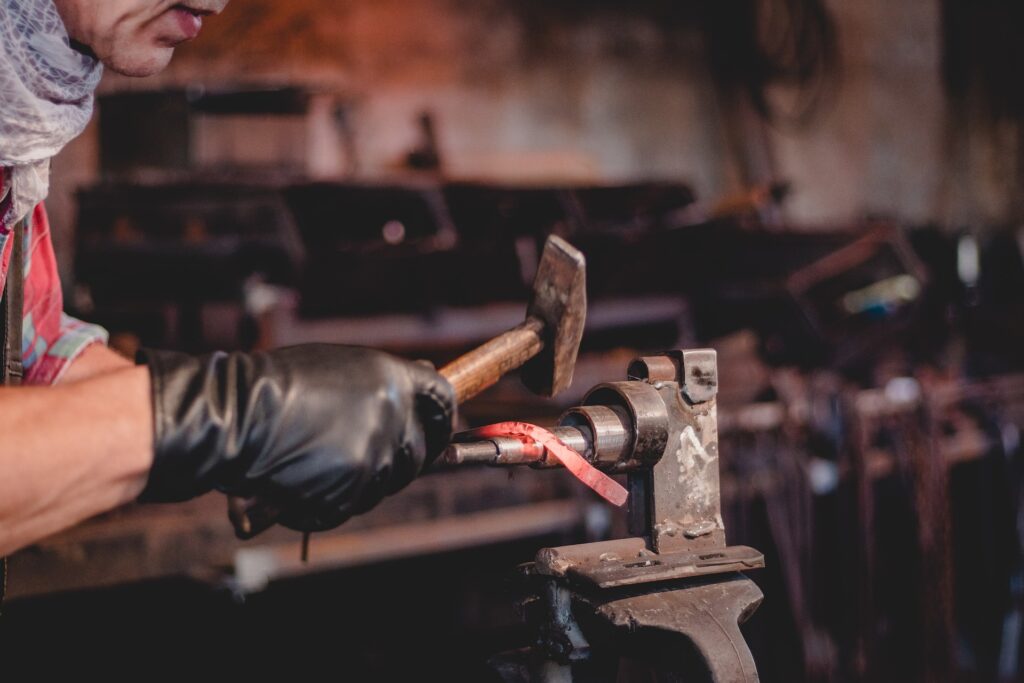
Check out our TOP three Recommended products
History of Handmade Jewelry
Handmade jewelry has a rich and fascinating history that stretches back thousands of years. Ancient civilizations such as the Egyptians, Greeks, and Chinese were known for their exquisite craftsmanship in creating jewelry. These early artisans used a variety of materials and techniques to make beautiful pieces that were admired for their intricate designs. Over time, jewelry-making techniques evolved, with new styles and trends emerging. Today, handmade jewelry continues to be valued for its unique and timeless appeal.
Ancient Origins
The origins of handmade jewelry can be traced back to ancient civilizations. In Egypt, jewelry was not only a form of adornment but also held symbolic and religious significance. The Egyptians were skilled in working with precious metals such as gold and silver, as well as gemstones like lapis lazuli and turquoise. They used techniques such as wire wrapping and filigree to create intricate pieces that were treasured by both men and women.
In ancient Greece, jewelry was worn as a sign of status and wealth. Gold jewelry adorned with gemstones and pearls was particularly popular among the elite. Greek artisans were known for their innovative techniques, including granulation, where tiny gold beads were used to create intricate patterns on the surface of the jewelry.
Chinese jewelry-making also has a long history, dating back to the Neolithic period. Jade, a highly valued stone in Chinese culture, was used to create ornate jewelry pieces that symbolized beauty, purity, and protection. Techniques such as carving, engraving, and cloisonné were widely used in Chinese craftsmanship, resulting in exquisite and detailed designs.
Evolution of Techniques
As time passed, jewelry-making techniques continued to evolve and improve. During the Renaissance period in Europe, jewelry became more intricate and ornate. Artisans refined their skills in working with gold and precious gemstones, creating stunning pieces that were appreciated by nobility and the wealthy.
The Industrial Revolution in the 18th and 19th centuries brought about significant changes in the jewelry industry. Mass production techniques allowed for the creation of more affordable jewelry, but handcrafted pieces remained highly valued for their uniqueness and attention to detail.
In recent times, jewelry-making techniques have become more diverse and customizable. Artisans have embraced a wide range of materials, including eco-friendly options such as recycled metals and ethically sourced gemstones. With advancements in technology, artisans now have access to tools and equipment that help them create intricate designs with precision.
Unique and One-of-a-kind Pieces
One of the main reasons why handmade jewelry holds such appeal is its exclusivity and individuality. Unlike mass-produced jewelry, each handmade piece is created with care and attention to detail, making it truly unique. When you wear a piece of handmade jewelry, you can be confident that no one else will have the exact same design.
Exclusivity and Individuality
Handmade jewelry is crafted in small quantities or even as one-of-a-kind pieces. This limited production ensures that each piece is exclusive and rare. Rather than wearing something that is mass-produced and seen on countless others, handmade jewelry allows you to stand out and express your personal style in a unique way.
Customizability
Another advantage of handmade jewelry is the opportunity for customization. Many artisans offer the option to work with customers to create a custom piece that reflects their individual taste and preferences. Whether it’s incorporating a specific gemstone or designing a piece from scratch, the ability to personalize handmade jewelry adds a special touch and makes it truly your own.
Check out our TOP three Recommended products
Quality and Durability
Handmade jewelry is renowned for its quality and durability. Each piece is carefully crafted by skilled artisans who take pride in their work. The attention to detail and craftsmanship ensures that every component of the jewelry, from the setting to the clasp, is made to the highest standard.
Attention to Detail
Artisans who create handmade jewelry pay meticulous attention to even the smallest details. They carefully select and set each gemstone, ensuring it is secure and enhances the overall design. This level of precision and craftsmanship is what sets handmade jewelry apart, making it a lifelong investment.
Long-lasting Materials
Handmade jewelry often utilizes high-quality and long-lasting materials. Artisans source materials such as sterling silver, gold, and platinum from trusted suppliers to ensure their pieces withstand the test of time. Additionally, handmade jewelry made with sustainable materials is gaining popularity, contributing to both the longevity and ethical nature of the pieces.
Artistic Expression
Handmade jewelry offers a platform for artistic expression, allowing artisans to showcase their creativity and talent. Each piece is a work of art, reflecting the artisan’s unique style and vision. By wearing handmade jewelry, you can not only enhance your personal style but also support and appreciate the artistry behind it.
Creative Designs
Handmade jewelry is known for its innovative and creative designs. Artisans often experiment with different materials, textures, and forms to create one-of-a-kind pieces that are visually striking. Whether it’s a bold statement necklace or an intricately designed ring, handmade jewelry can add a touch of artistic flair to any outfit.
Expression of Personality
Choosing handmade jewelry allows you to express your personality and individuality. The diverse range of designs and styles available ensures there is something for everyone. Whether you prefer minimalist and delicate pieces or bold and edgy designs, handmade jewelry allows you to find pieces that resonate with you and reflect your unique style.
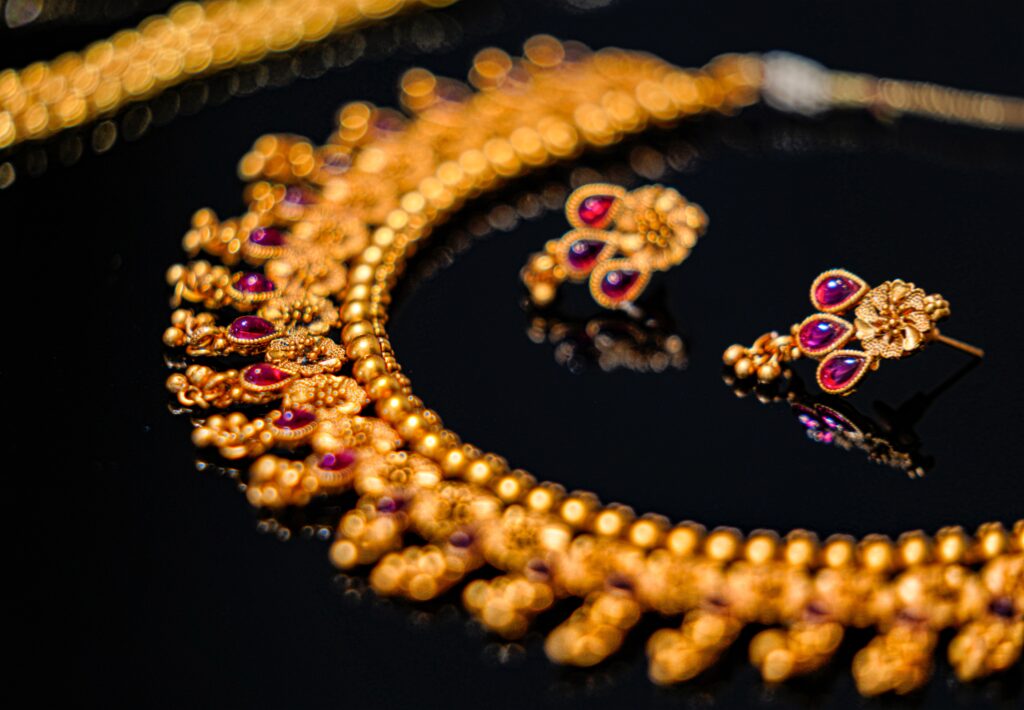
Preservation of Traditional Techniques
Handmade jewelry plays a vital role in preserving traditional techniques and craftsmanship that have been passed down through generations. By supporting artisans who continue to practice these age-old techniques, we ensure the survival of cultural heritage and maintain a connection to our roots.
Cultural Heritage
Handmade jewelry often incorporates traditional techniques that are deeply rooted in cultural heritage. For example, the art of filigree, which involves twisting and weaving fine threads of metal to create intricate patterns, has been passed down through generations in many cultures. By wearing and appreciating handmade jewelry, we celebrate and honor these traditions.
Continuity of Craftsmanship
Supporting handmade jewelry helps sustain the practice of traditional craftsmanship. As the demand for artisanal pieces continues, artisans are motivated to pass down their skills and knowledge to future generations. By valuing and investing in handmade jewelry, we contribute to the continuity of these valuable and time-honored techniques.
Ethical and Sustainable Production
Handmade jewelry often goes hand in hand with ethical and sustainable production practices. Many artisans prioritize fair trade practices and use environmentally friendly materials, giving consumers the opportunity to make conscious choices that align with their values.
Fair Trade Practices
Artisans who create handmade jewelry often work directly with suppliers and gemstone miners, ensuring fair compensation and ethical sourcing. By supporting handmade jewelry, you can be confident that you are contributing to a supply chain that promotes fair trade and supports the livelihoods of artisans and miners.
Environmentally Friendly Materials
Handmade jewelry made with environmentally friendly materials is becoming increasingly popular. Artisans are finding innovative ways to use recycled metals and ethically sourced gemstones, reducing the environmental impact of the jewelry industry. By opting for handmade jewelry, you can make a conscious choice to support sustainable practices and reduce your carbon footprint.
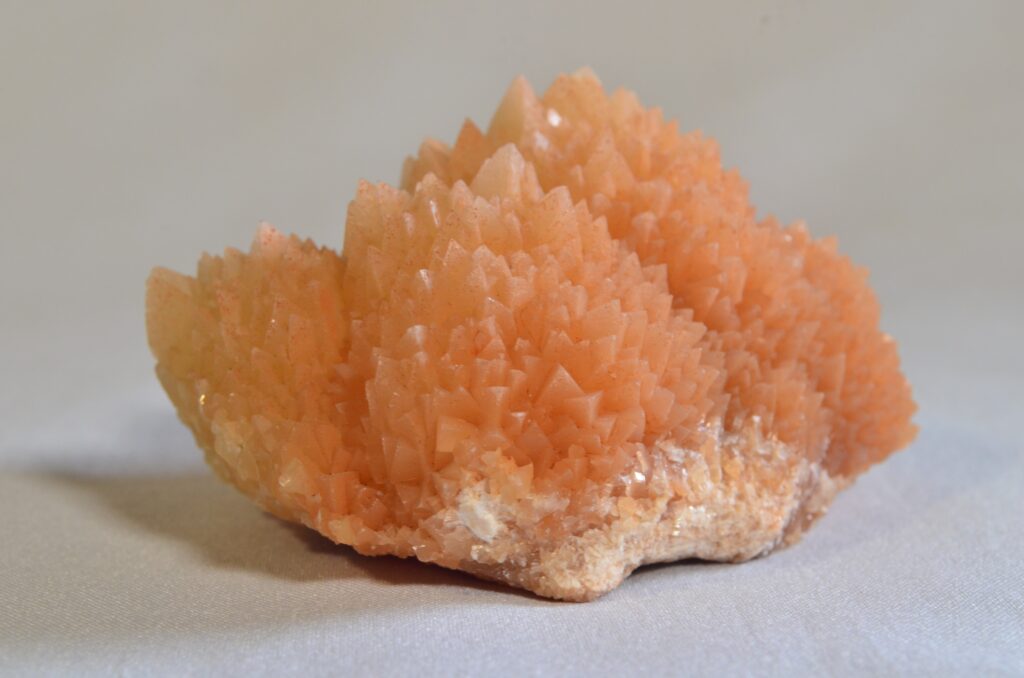
Emotional and Symbolic Value
Handmade jewelry holds a special place in our hearts due to its emotional and symbolic value. Each piece tells a story and evokes feelings of sentimentality and connection.
Sentimental Attachments
Handmade jewelry often carries sentimental value, making it more than just an accessory. Whether it’s a piece inherited from a loved one or a custom-made item to mark a significant milestone, handmade jewelry becomes a cherished keepsake that holds memories and emotions.
Meaningful Connections
When you wear handmade jewelry, you connect not only with the piece itself but also with the artisan who created it. Each piece is infused with the passion and dedication of the artisan, allowing you to form a meaningful connection to both the craftsmanship and the creator. This connection adds an intangible value and a sense of authenticity to the jewelry.
Economic and Cultural Impact
Supporting handmade jewelry has a positive impact on local artisans and traditional arts and crafts. By choosing to purchase handmade pieces, we contribute to both the economic and cultural sustainability of communities around the world.
Supporting Local Artisans
Handmade jewelry often comes from small-scale artisanal workshops and independent designers. By purchasing their creations, we support these individuals, helping them sustain their craft and achieve economic stability. This support extends beyond the artisans themselves, benefiting their communities and local economies.
Promoting Traditional Arts and Crafts
Many traditional arts and crafts are at risk of being lost in today’s fast-paced and mass-produced world. Handmade jewelry plays a vital role in preserving and promoting these traditional skills. By valuing and investing in handmade pieces, we celebrate and promote the diversity and beauty of traditional arts and crafts.
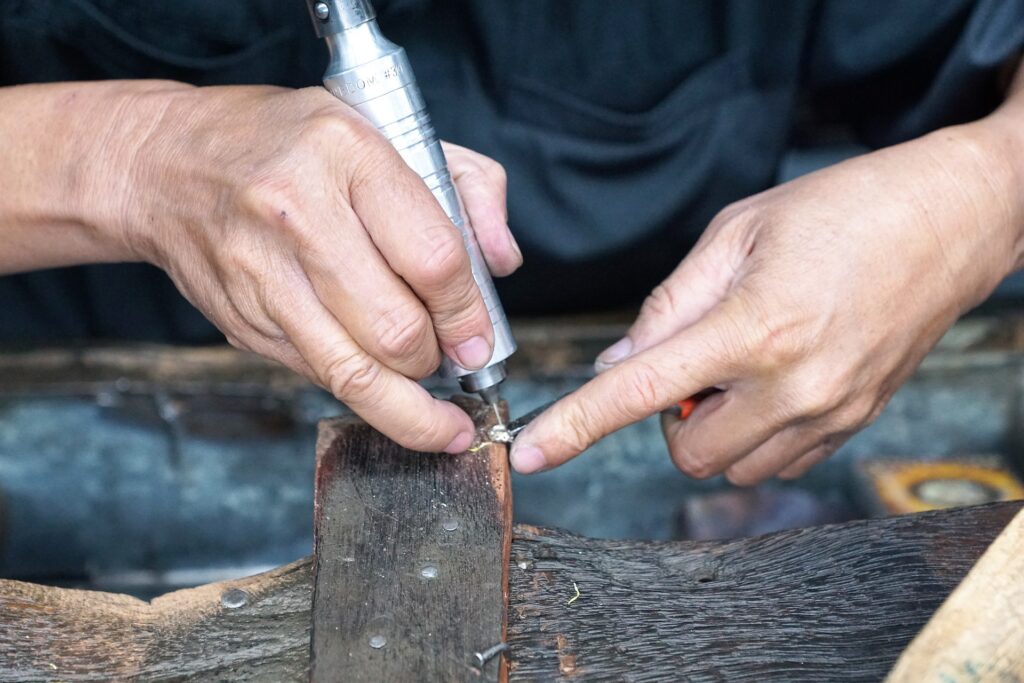
Appreciation for Handmade
Choosing handmade jewelry demonstrates an appreciation for artisanal work and craftsmanship. It signifies a desire for unique, high-quality pieces that are made with care and attention to detail.
Value of Artisanal Work
By choosing handmade jewelry, you support and acknowledge the skills and craftsmanship of artisans. Each piece is a testament to their dedication and talent. Investing in handmade jewelry is a way to show appreciation for their work and ensure the continued existence of these valuable skills.
Recognition of Craftsmanship
Handmade jewelry represents a return to craftsmanship and a rejection of mass-produced and impersonal goods. By wearing handmade jewelry, you make a statement about your values and support for individual artisans and the beauty of their work. It is a way to differentiate yourself and showcase your appreciation for the artistry and dedication behind each piece.
Connection to the Past
Handmade jewelry serves as a link to the past, offering a sense of timelessness and nostalgia. Antique and vintage handmade pieces, in particular, hold a special appeal due to their historical significance.
Antique and Vintage Appeal
Antique and vintage handmade jewelry pieces carry a unique charm and history that cannot be replicated. They offer a glimpse into the craftsmanship and design trends of bygone eras. Owning and wearing these pieces allows you to connect with the past, appreciating the beauty and artistry of the artisans who came before us.
Link to History
By wearing handmade jewelry, you become part of a larger narrative that extends beyond your own lifetime. Each piece carries the stories and traditions of the artisans who created them, as well as the wearers who cherished and passed them down through generations. Handmade jewelry serves as a tangible link to history, allowing us to connect with our collective heritage.
In conclusion, handmade jewelry holds immense importance and value. From its ancient origins to its connection to cultural heritage, and from its artistic expression to its ethical and sustainable production, handmade jewelry encompasses unique qualities that set it apart from mass-produced alternatives. By supporting handmade jewelry, you not only acquire a piece of timeless beauty but also contribute to the preservation of traditional techniques, the well-being of local artisans, and the celebration of craftsmanship. Each handmade piece tells a story, evokes emotions, and provides a personal connection to the past. So next time you admire a handmade jewelry piece, remember the rich history and significance it carries within.